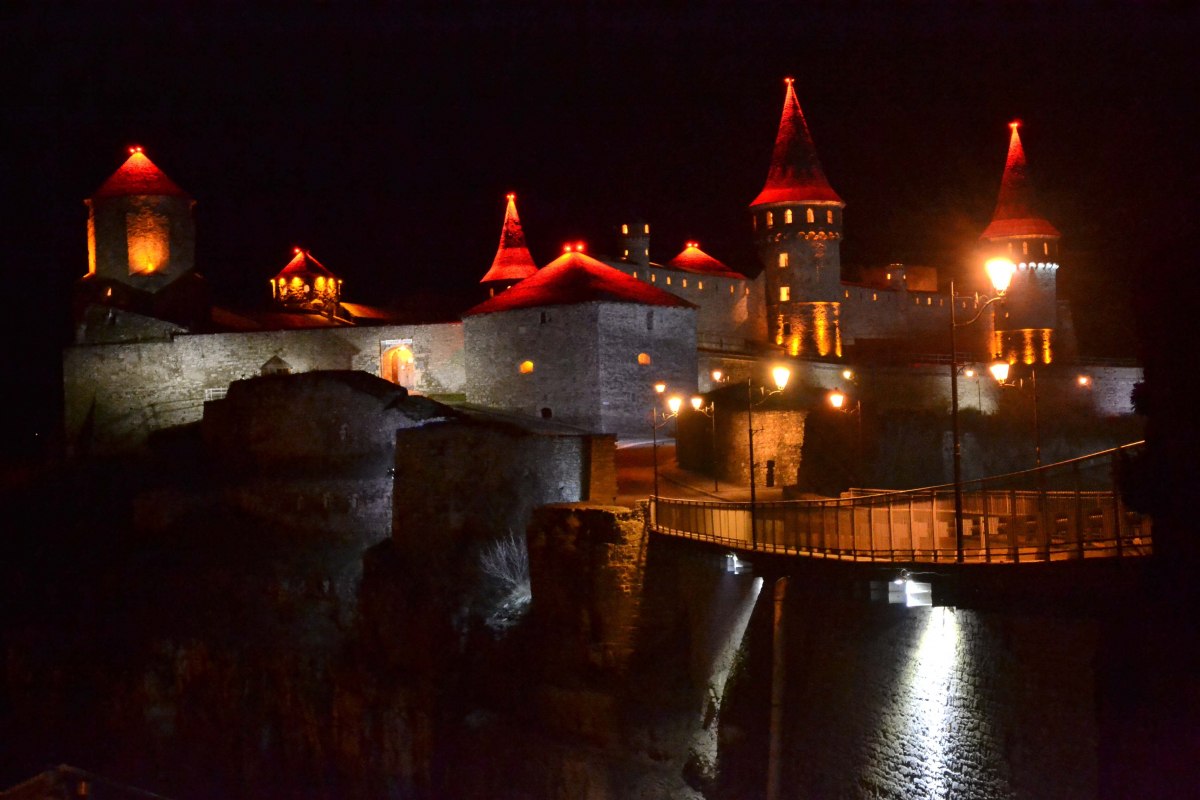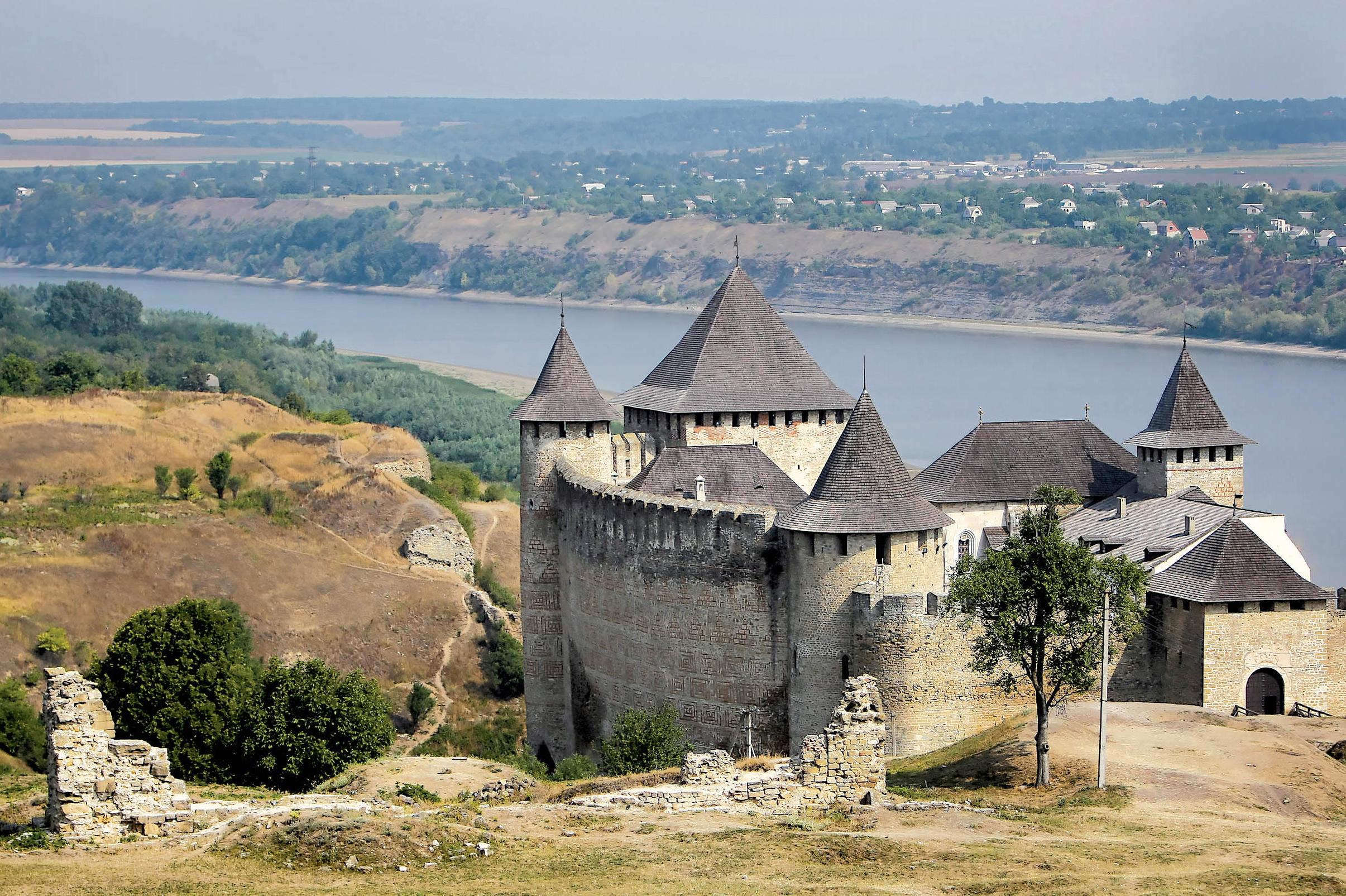CHERNIVTSI, KAMIANETS-PODILSKYI, Ukraine — For hundreds of years Ukraine was divided among its more powerful neighbors, influenced by their culture and customs.
That is obvious in Bukovina, a region split between Ukraine and Romania, where Ukrainian, Romanian, Polish and Austrian cultures mingle to create a unique tourist attraction with colorful streets, medieval castles and vibrant churches.
Chernivtsi
Taking a 10-hour night train from Kyiv, you end up in Chernivtsi, a city of 300,000 people 480 kilometers southwest of Ukraine’s capital. Exiting the train feels like traveling back in time: you find yourself standing at an old neo-renaissance railway station constructed in the 1860s under Austrian rule.
For over four centuries, Chernivtsi was an important market town in the medieval Moldovan Kingdom, which lies between the Black Sea and the major commercial towns of Lviv and Krakow.
In 1775, Chernivtsi was conquered by the Austrian Habsburgs and soon became the capital of the Duchy of Bukovina, a crown land of Austria-Hungary. The city flourished, turning into a major regional hub and receiving substantial financial investments. Thousands of Ukrainians, Romanians and Jews moved to Chernivtsi, increasing the city’s population more than tenfold.
The major landmark left by the Habsburgs is the Residence of the Bukovinian and Dalmatian Metropolitans, currently part of Chernivtsi University.
Soon after Austria took power, a separate Orthodox metropolis in Bukovina was created, with a new metropolitan residence built in Chernivtsi.
After the Soviet occupation of Bukovina in 1940 and once again in 1944, the buildings owned by the church were transferred to the city’s university.
The eclectic building complex became a UNESCO World Heritage Site in 2011.
Walking through Chernivtsi, it’s easy to discover the city’s rich and diverse culture. Catholic chapels neighbor Armenian churches, while the clock tower of the Orthodox metropolitan residence is decorated with Stars of David, to commemorate the contribution of the Jewish community which helped build the landmark.
The narrow and colorful streets of the city are rich in Romanian and Austrian architecture, giving Ukrainian tourists the impression that they are quite far from home. However, the abandoned tractor in the park behind the old university building brings you back home.

The medieval Kamianets-Podilskyi castle, backlit at night, is a major tourist attraction and a popular wedding photo spot for many Ukrainians. (UNIAN)
Kamianets-Podilskyi
Just 100 kilometers northeast of Chernivtsi, on the way back to Kyiv, lies Kamianets-Podilskyi, a city of 100,000 residents spread on both sides of the Smotrych River, a tributary of the Dnister. At the edge of a cliff, early modern houses abut medieval churches, creating a truly movie-like scene.
Kamianets-Podilskyi, just outside the historic Bukovina region, has long been a border town of the Polish crown, protecting the realm from the Turks. The city’s castle, built by Lithuanian kings on a hill surrounded by a river in the mid‑15th century, protected the joint Polish-Lithuanian state for the next three centuries. The castle was only occupied by the Ottoman Empire once.
Today the castle has a bridge leading up to its gates and visitors can enter its thick stone towers by purchasing a $2 ticket, rather than besieging the fortress for years.
The castle is often used as a wedding scene, with brides in dresses and grooms in suits waiting in line at the observation deck near the castle to take pictures.
The other side of the river features a well-maintained park with an artificial pond. The pond is home to swans, which are not at all shy and can be hand-fed by tourists.
However, Kamianets-Podilskyi has a long way to go in serving its visitors. Poor-quality restaurants in the city’s historic center serve overpriced food, a far cry from the pleasant and well-cooked meals served in Chernivtsi.
The city’s downtown also needs proper state financing. A number of historic buildings and medieval fortifications are crumbling before visitors’ very eyes.

The Khotyn fortress, expanded by King Danylo of Halych in the 13th century, is the last standing fortification built by Ukrainian princes. (Oleg Petrasiuk)
Khotyn
For those tired of Lithuanian castles and Austrian churches and ready to see authentic Ukrainian architecture, the small town of Khotyn, 30 kilometers east of Kamianets-Podilskyi, will be a refreshing change of pace.
Now home to just over 10,000 residents, Khotyn was once an important border town, protecting the medieval Kyivan Rus from the Hungarians and Romanians.
The town’s fortifications were first mentioned as early as the 10th century. King Danylo of Halych, the ruler of Galicia–Volhynia, Ukraine’s last independent medieval kingdom, built a stone castle in Khotyn. It has survived intact to the present day.
The Khotyn castle is the only medieval fort built by Ukrainians themselves that remains today.
